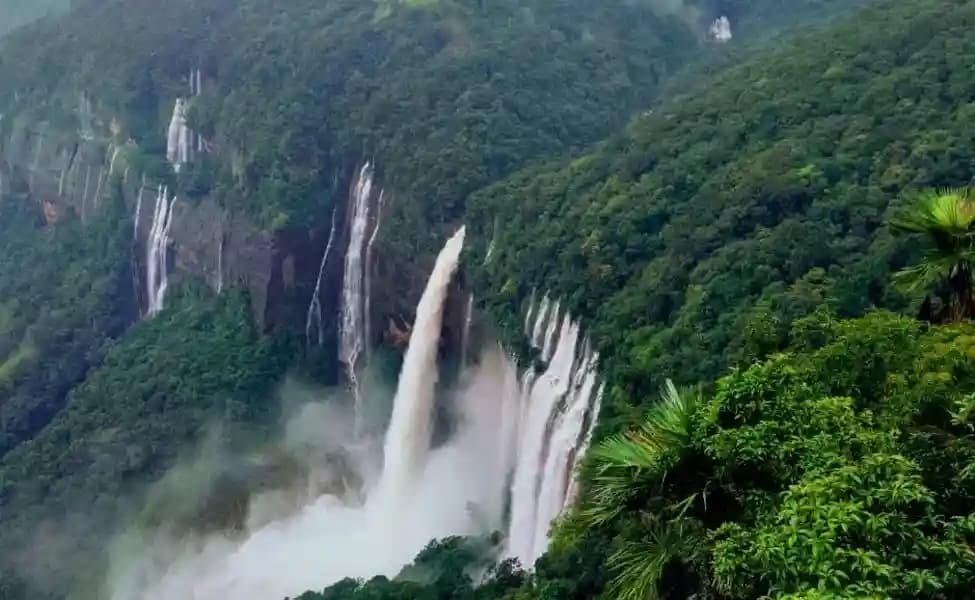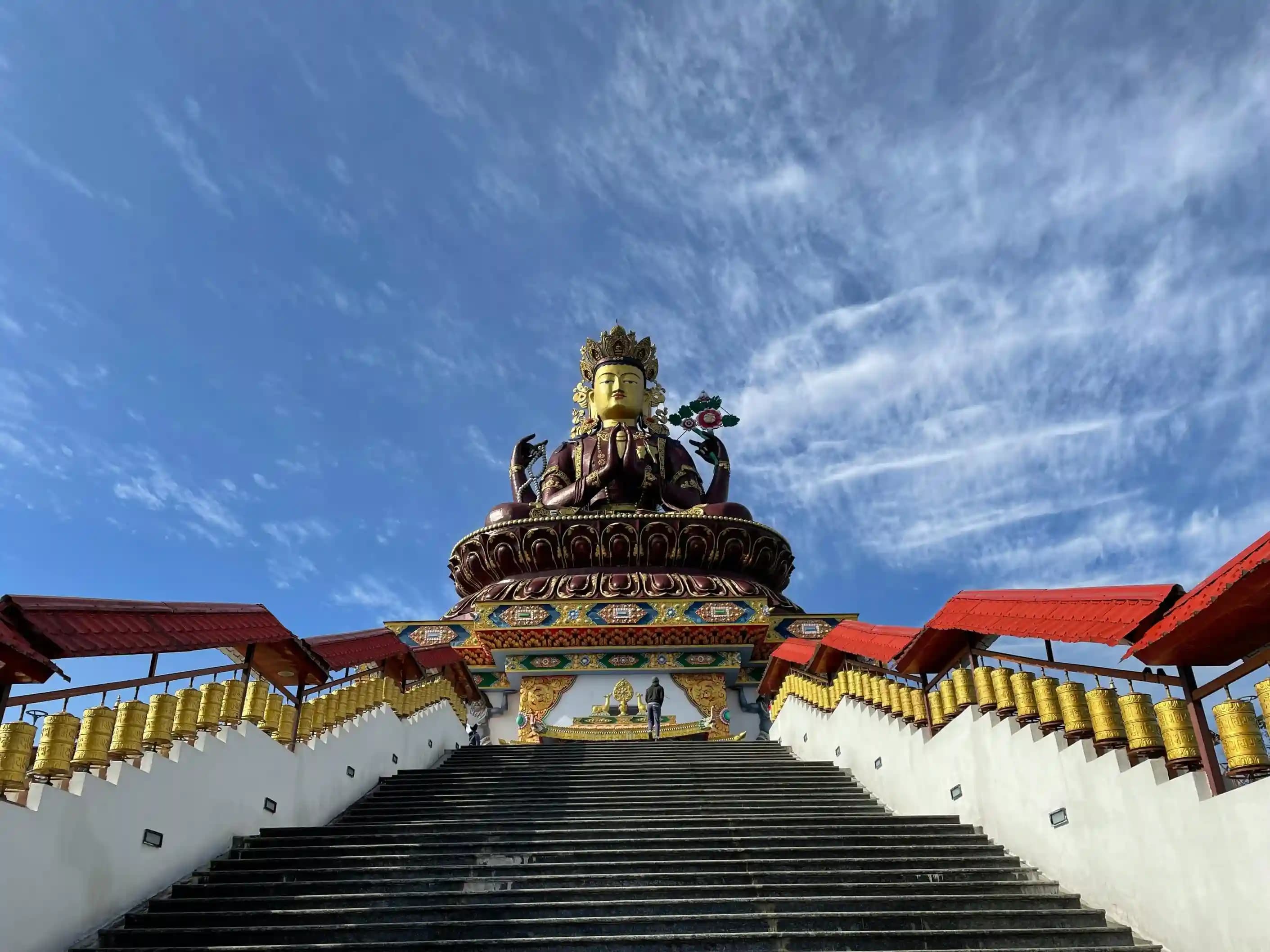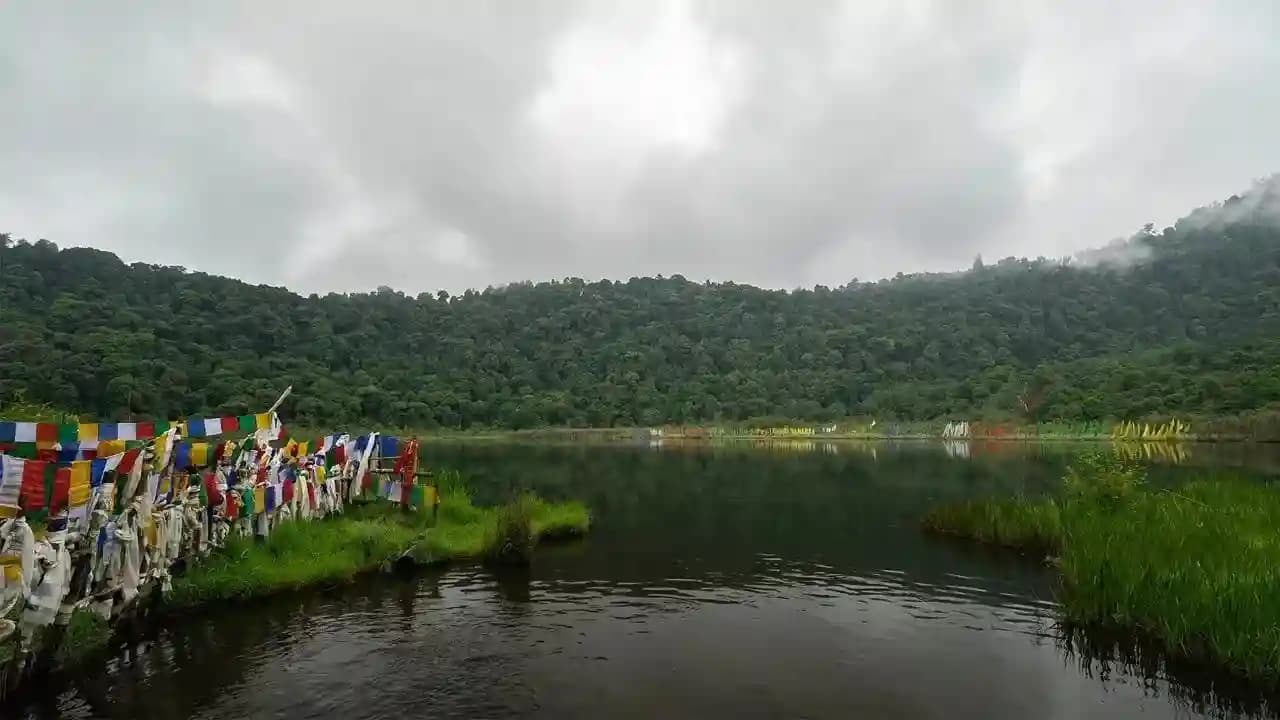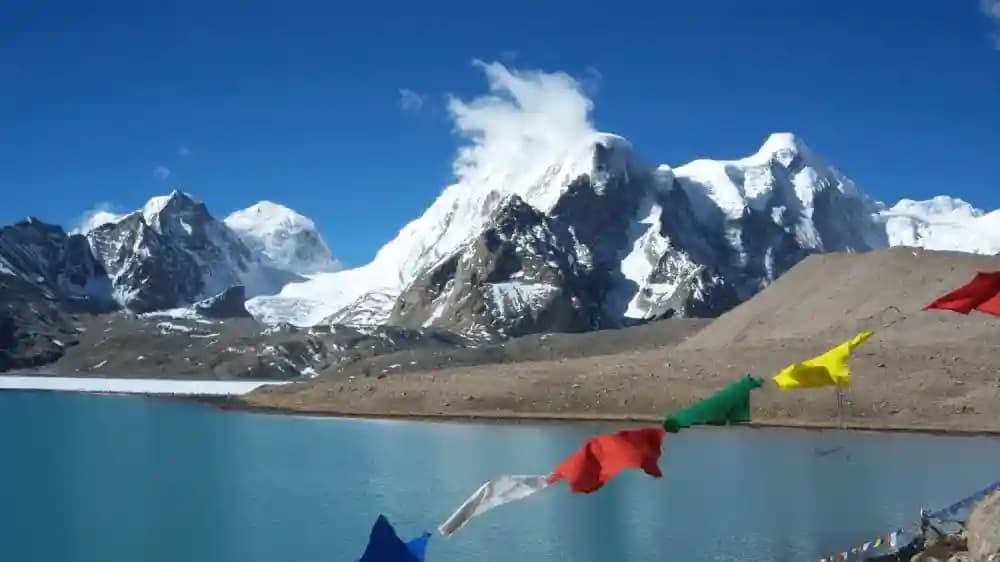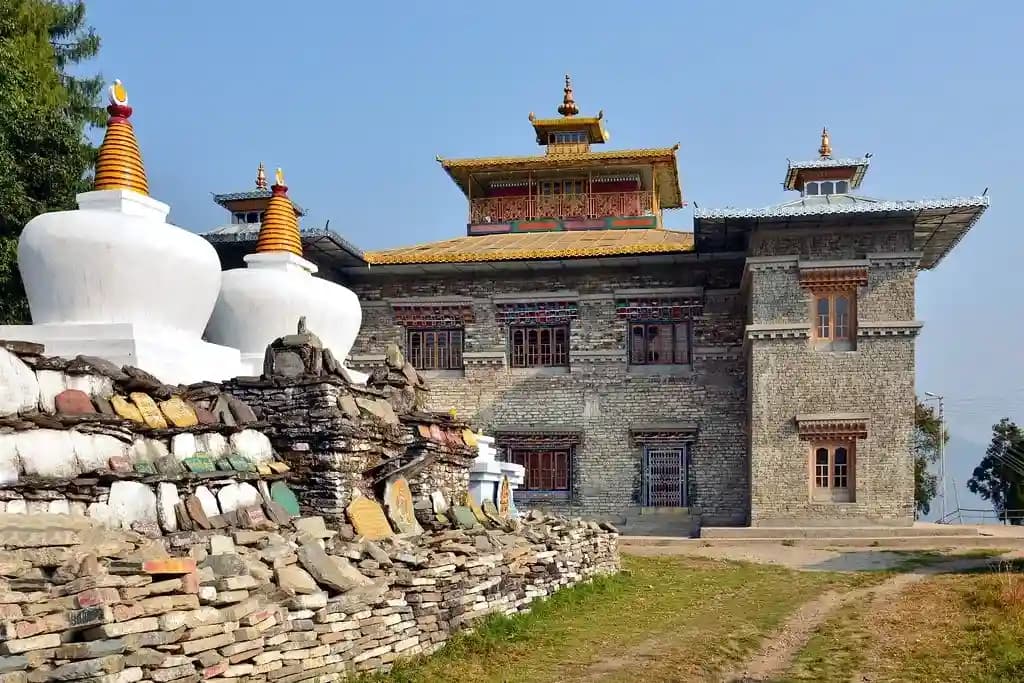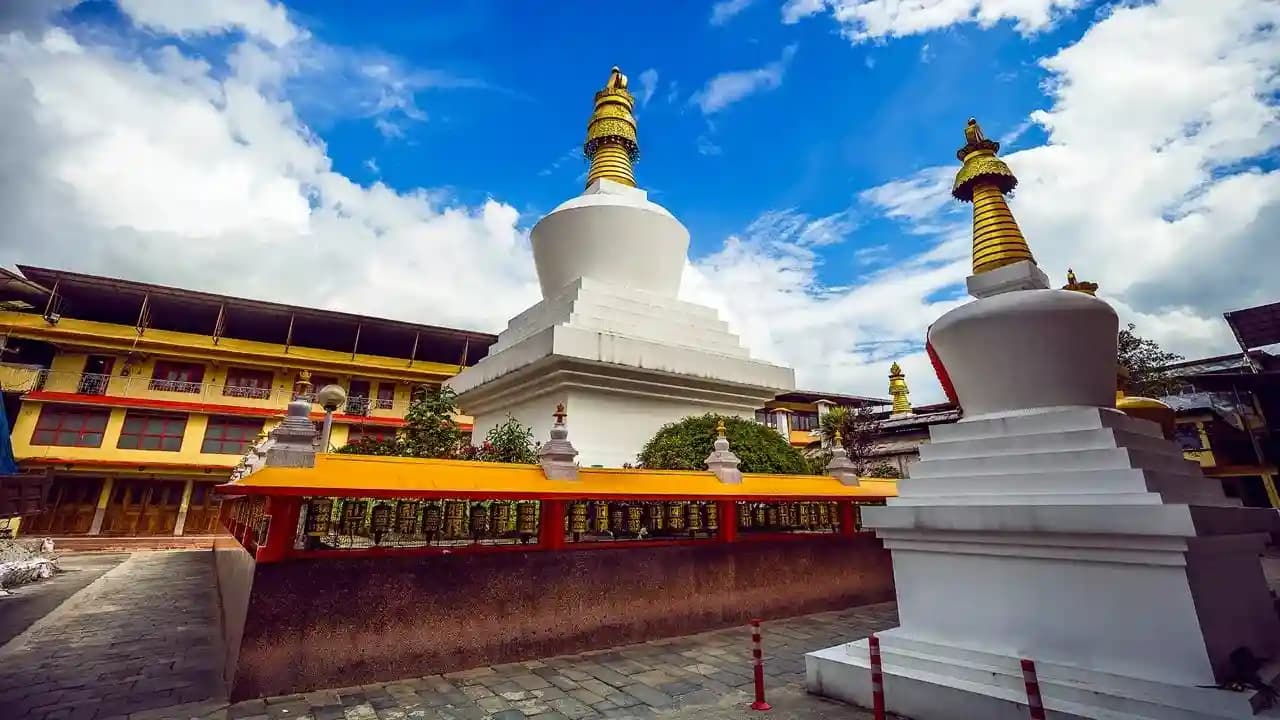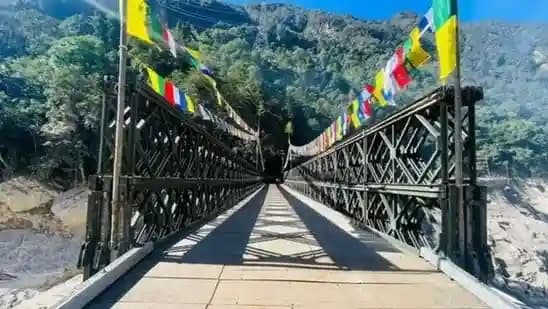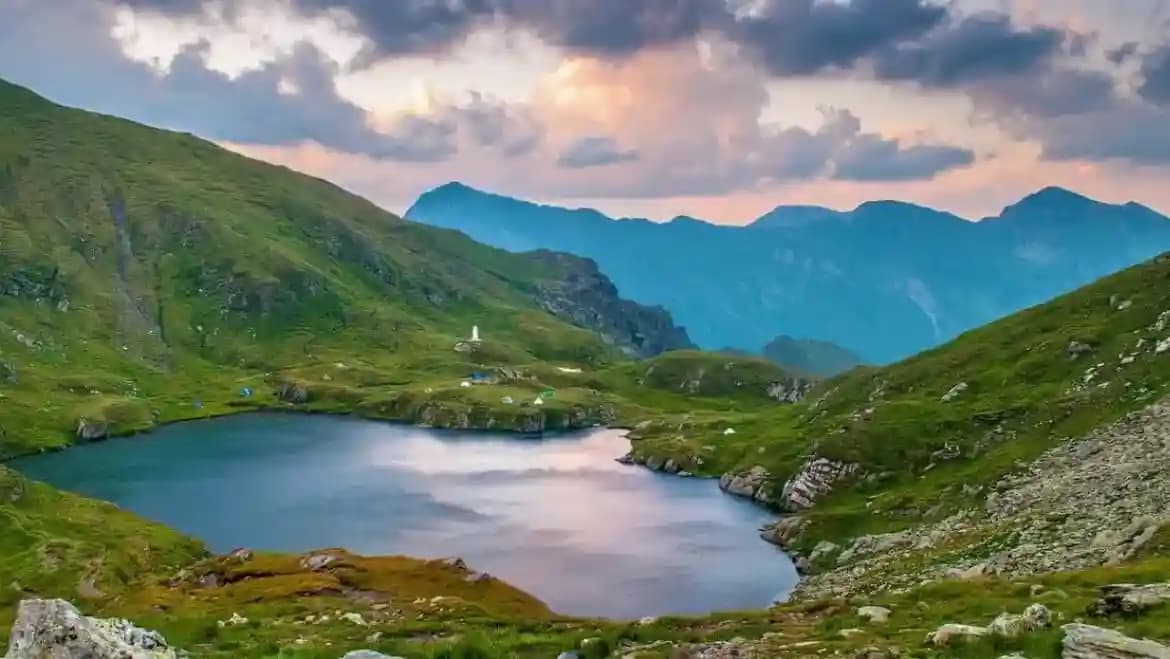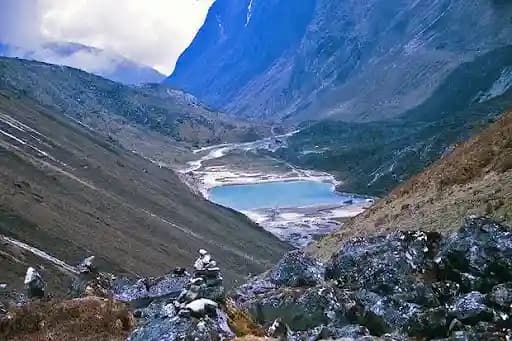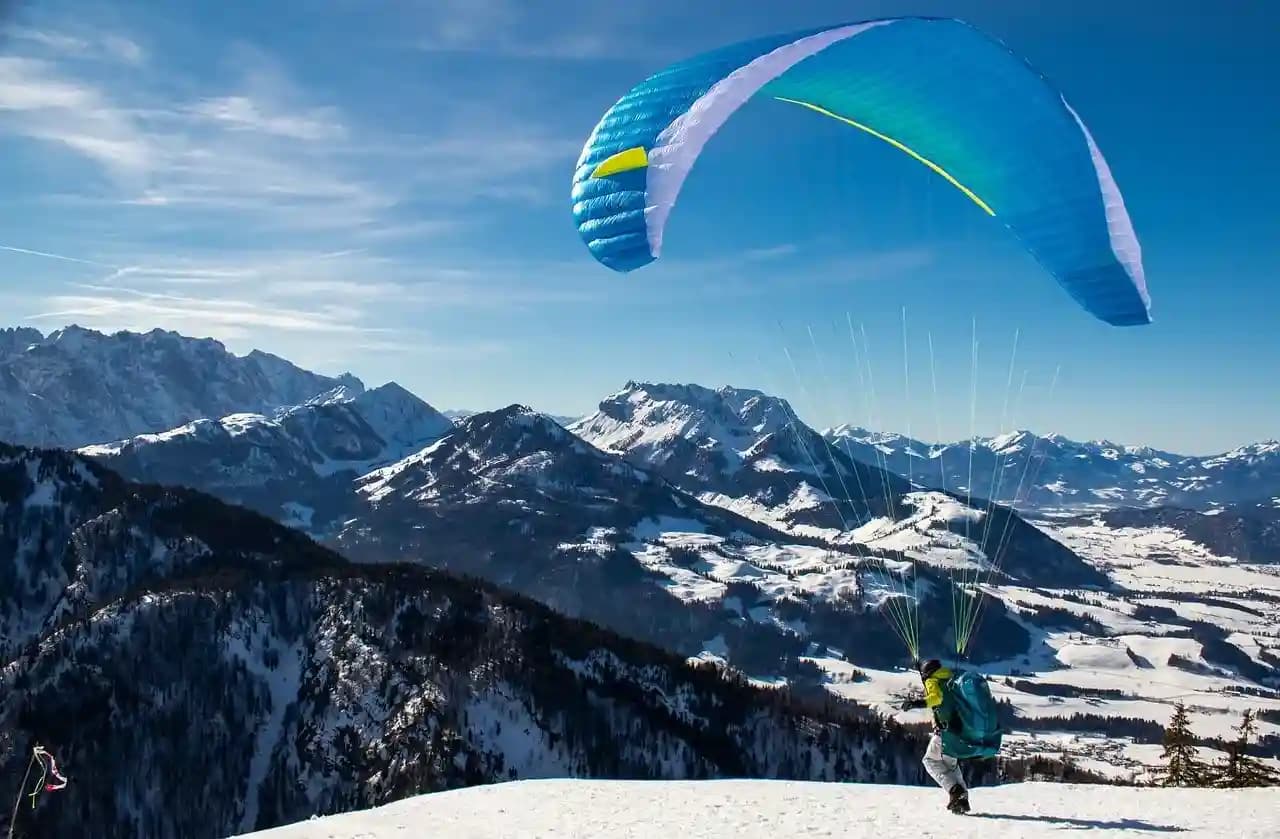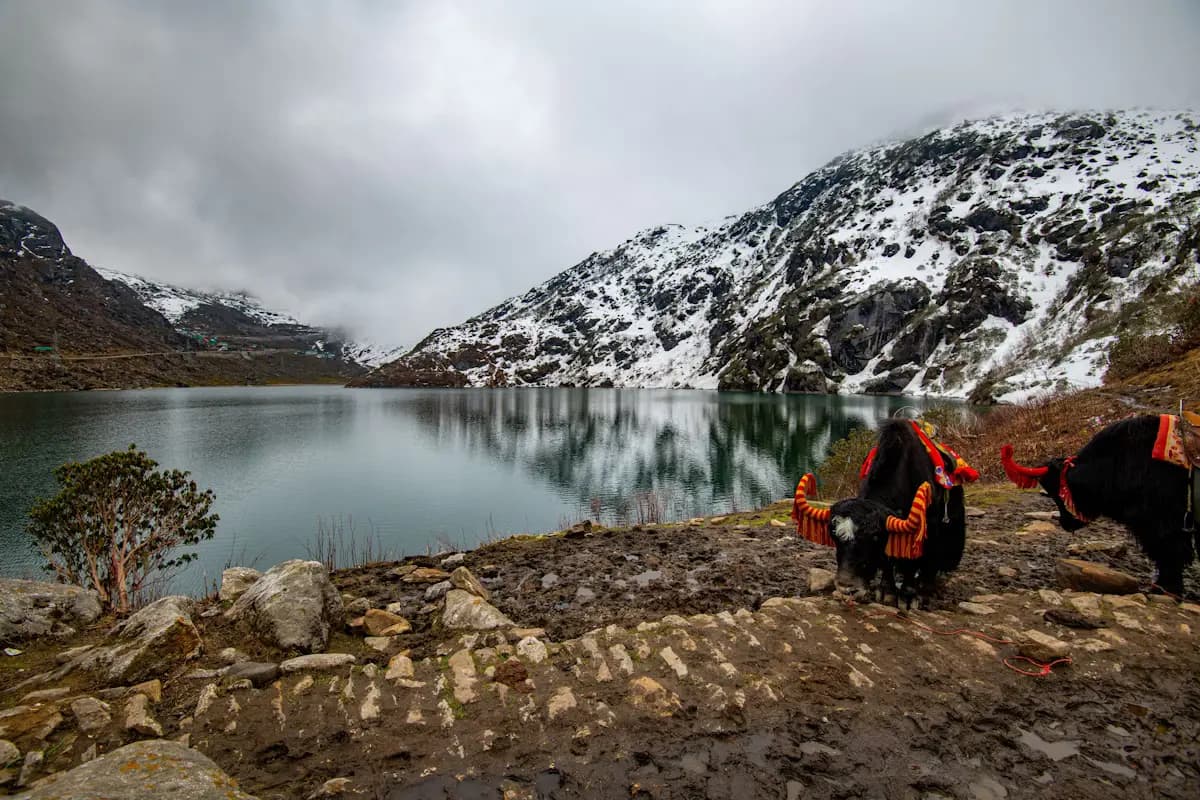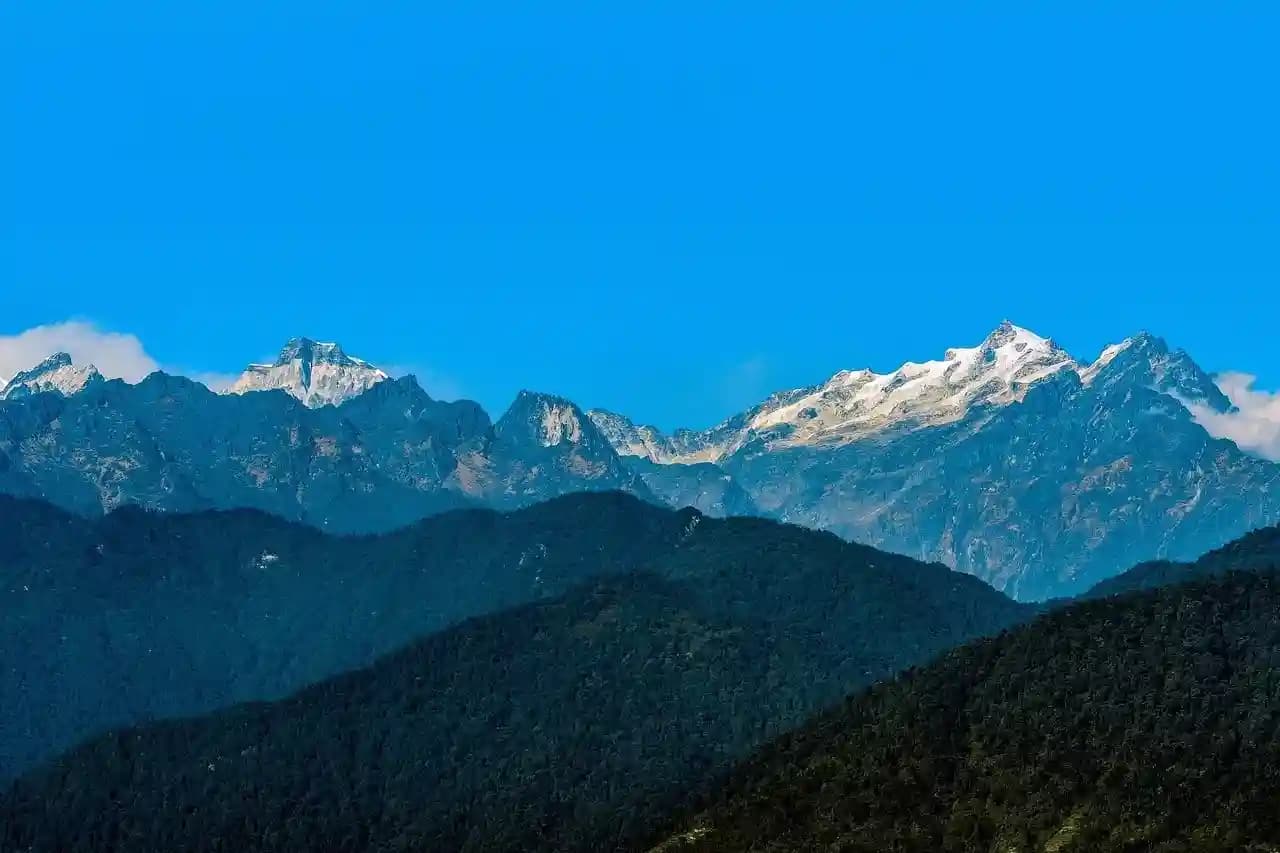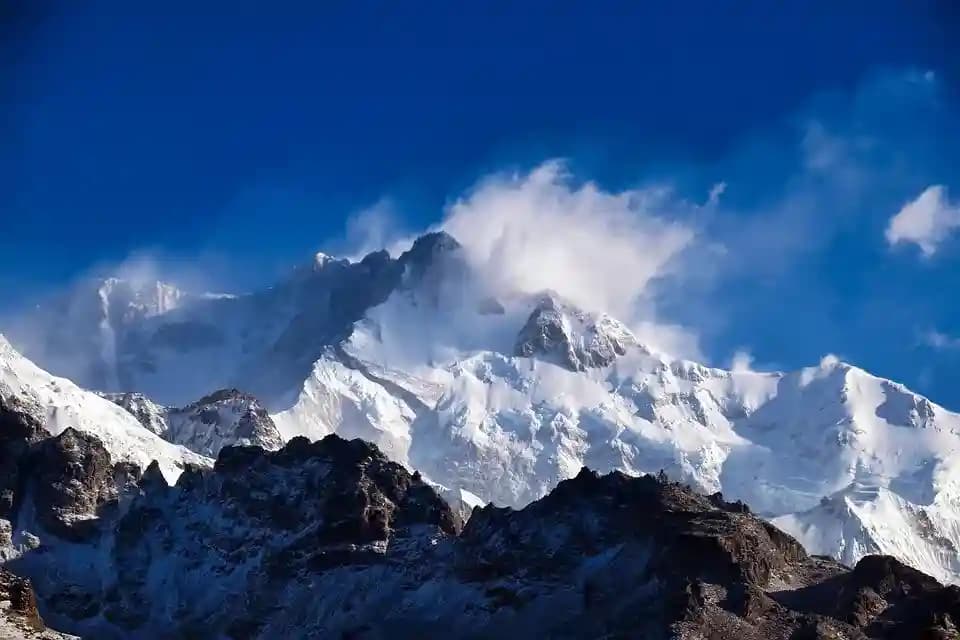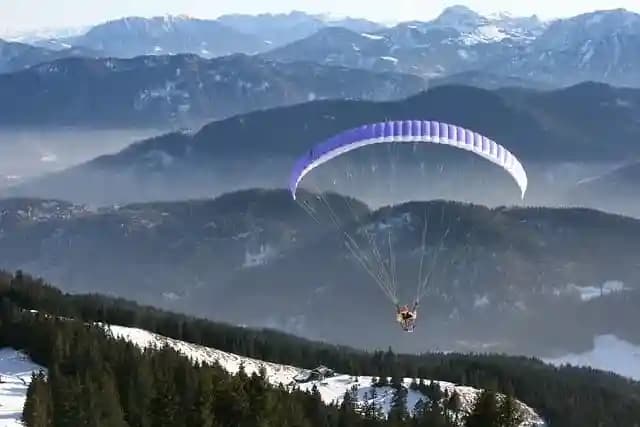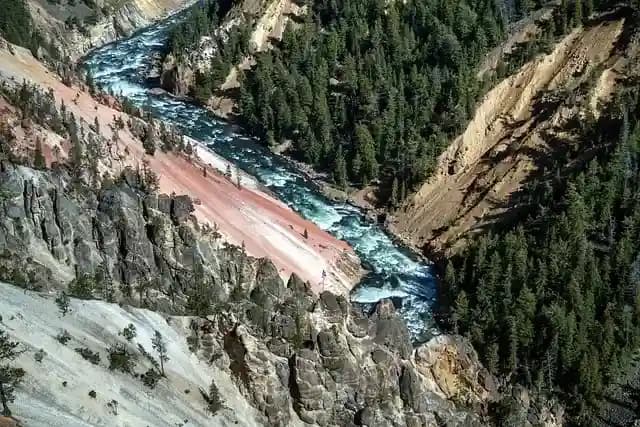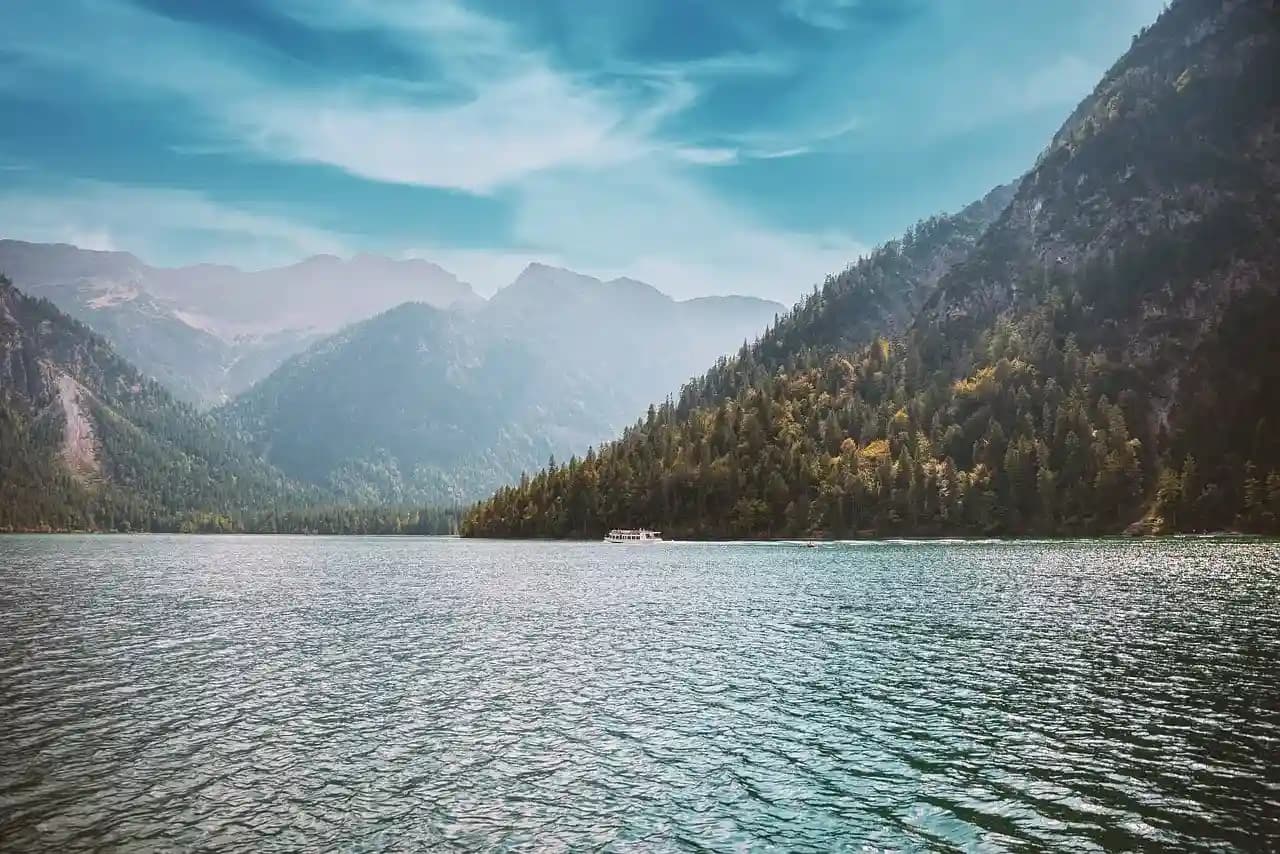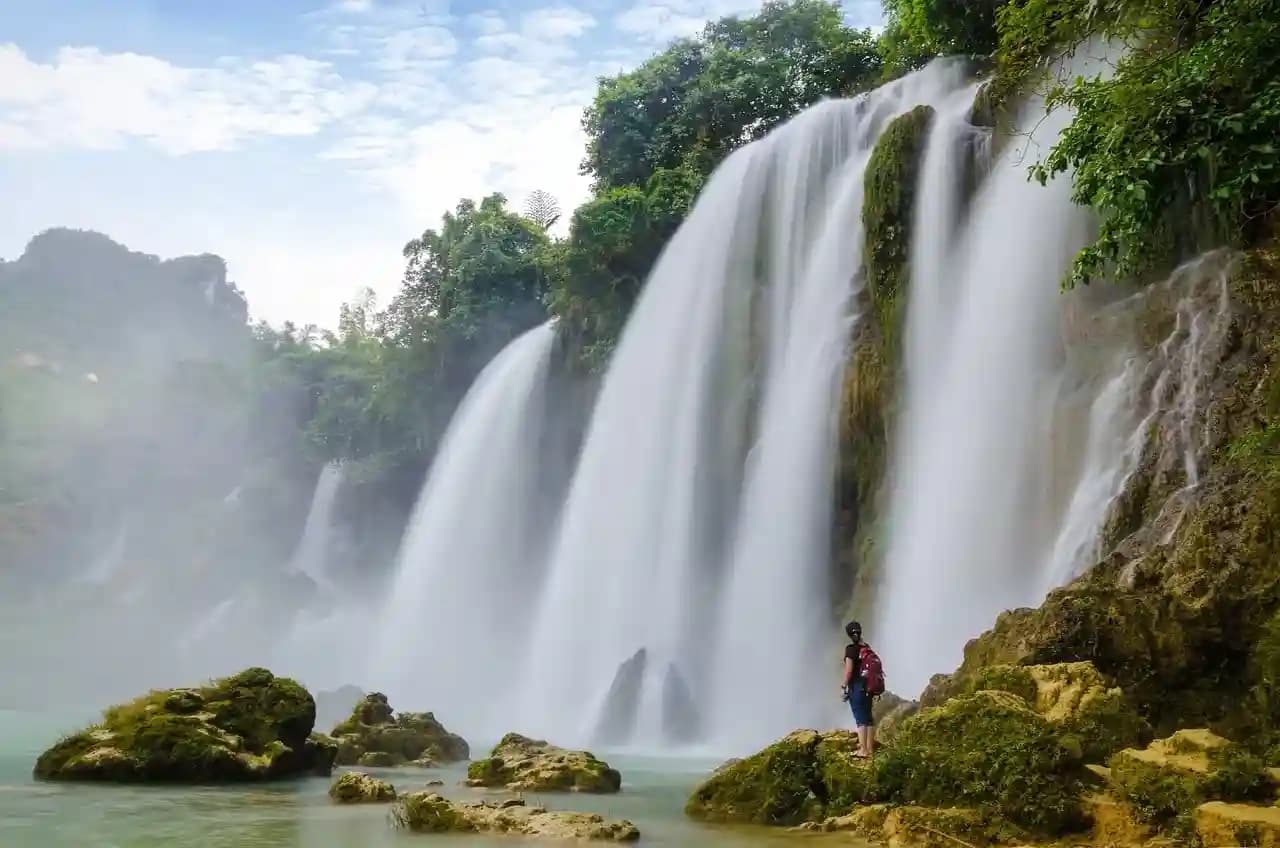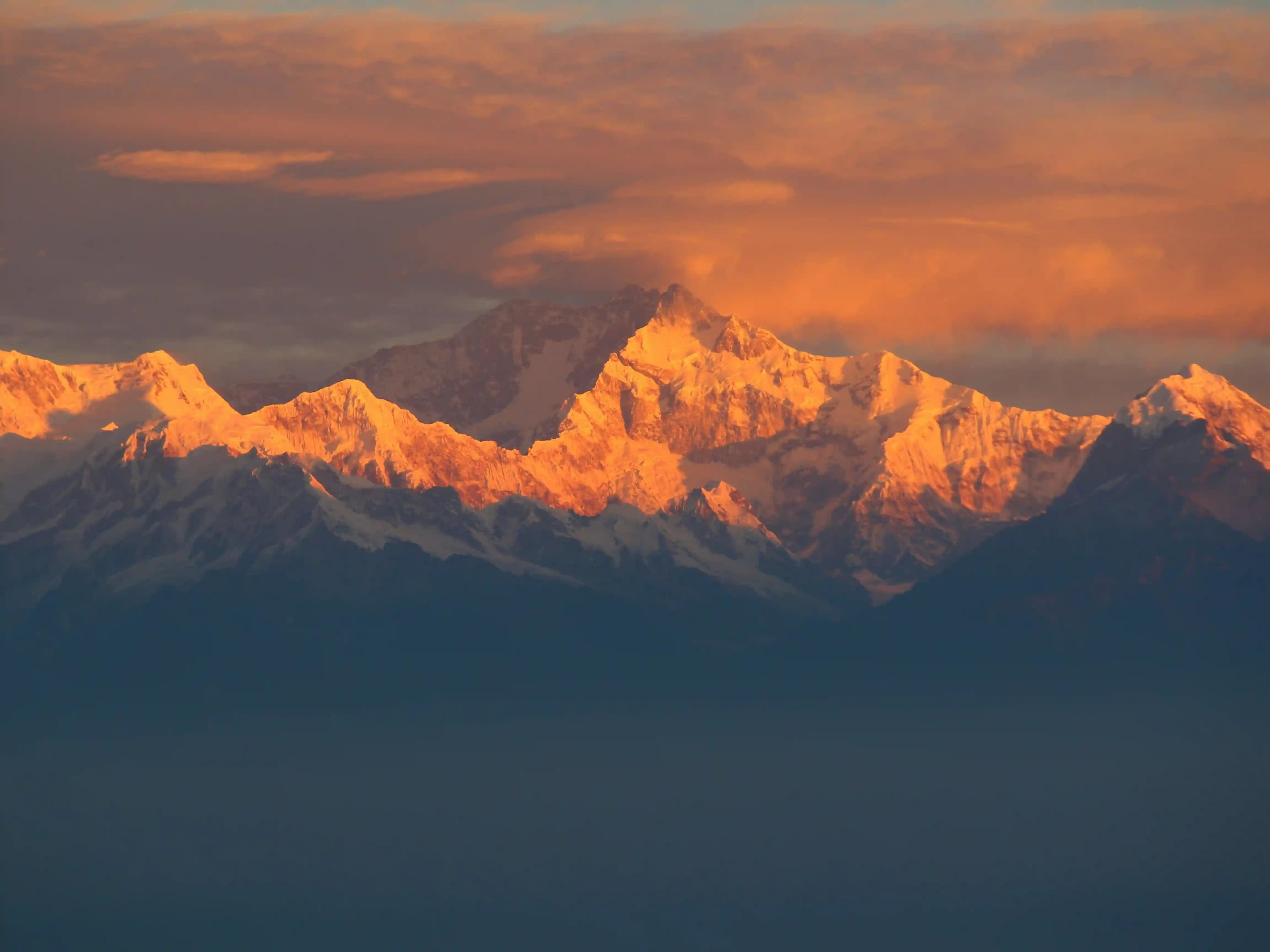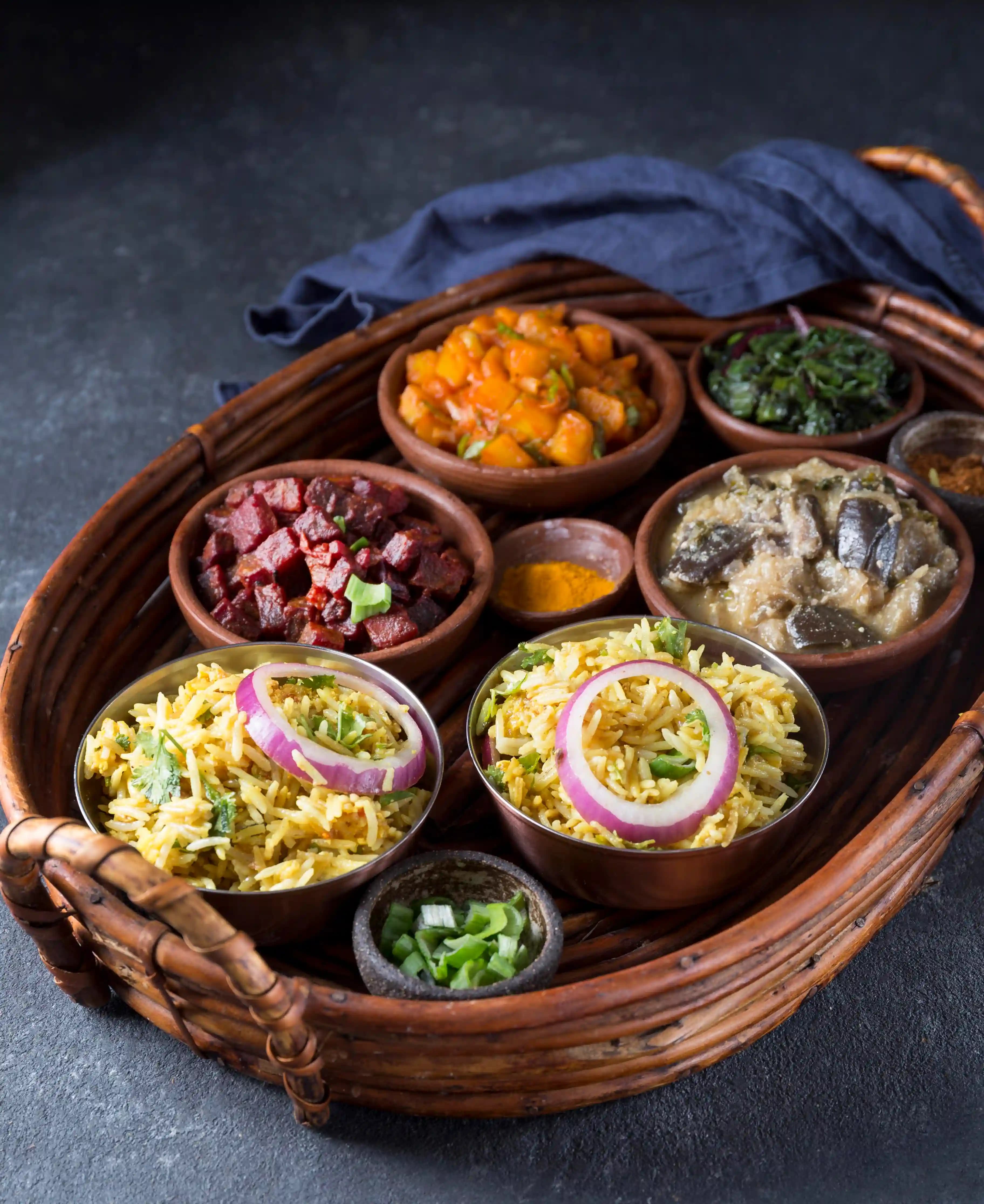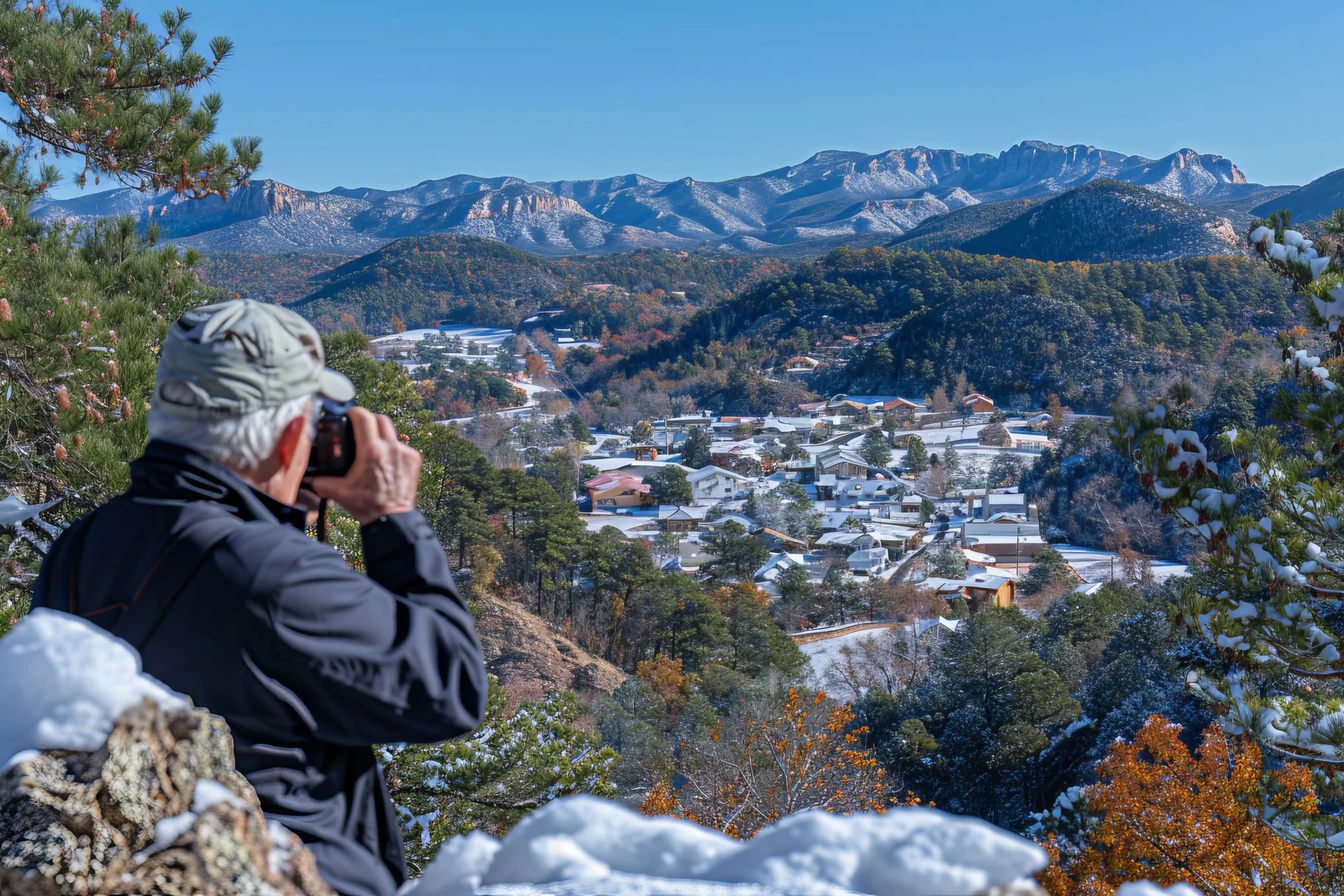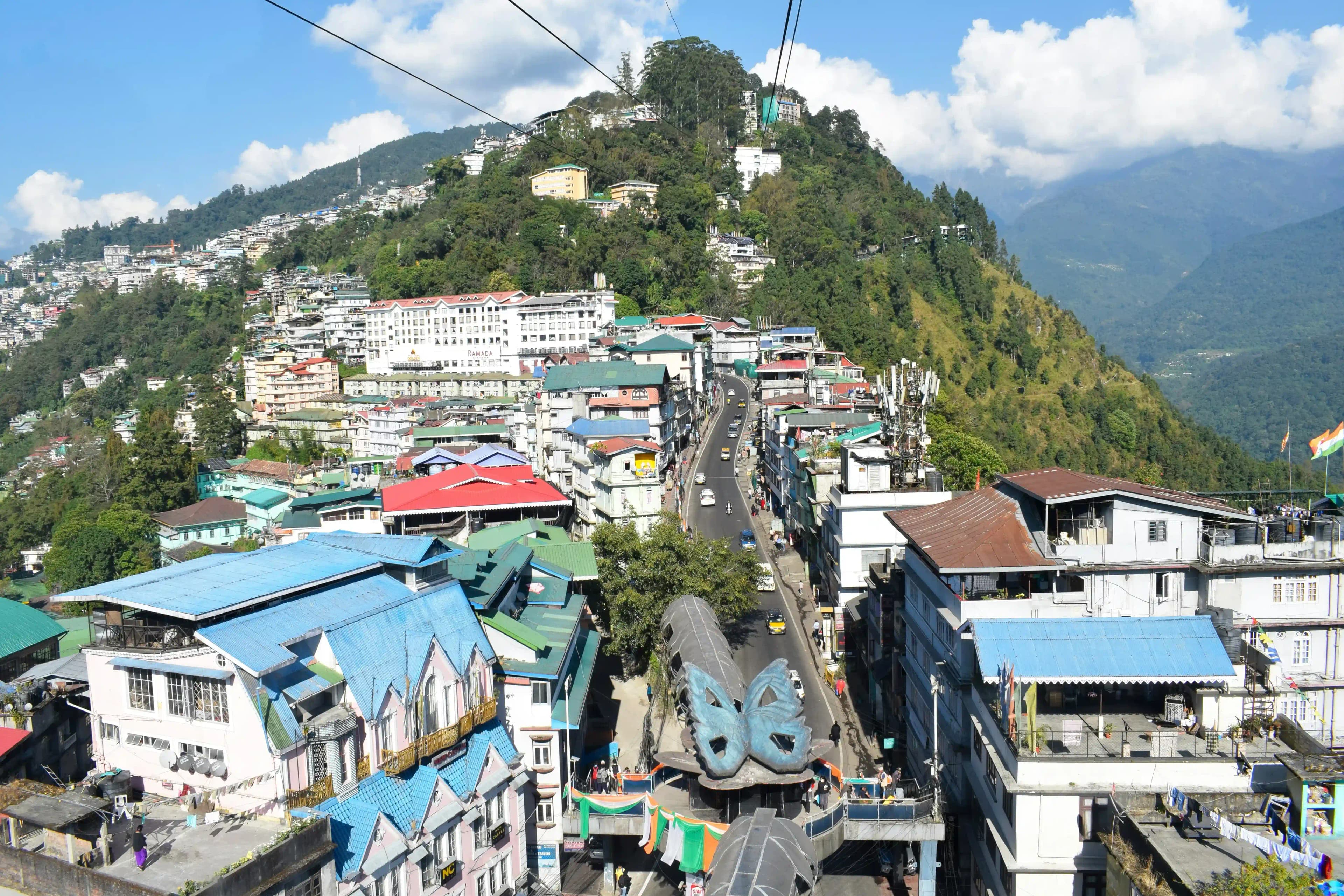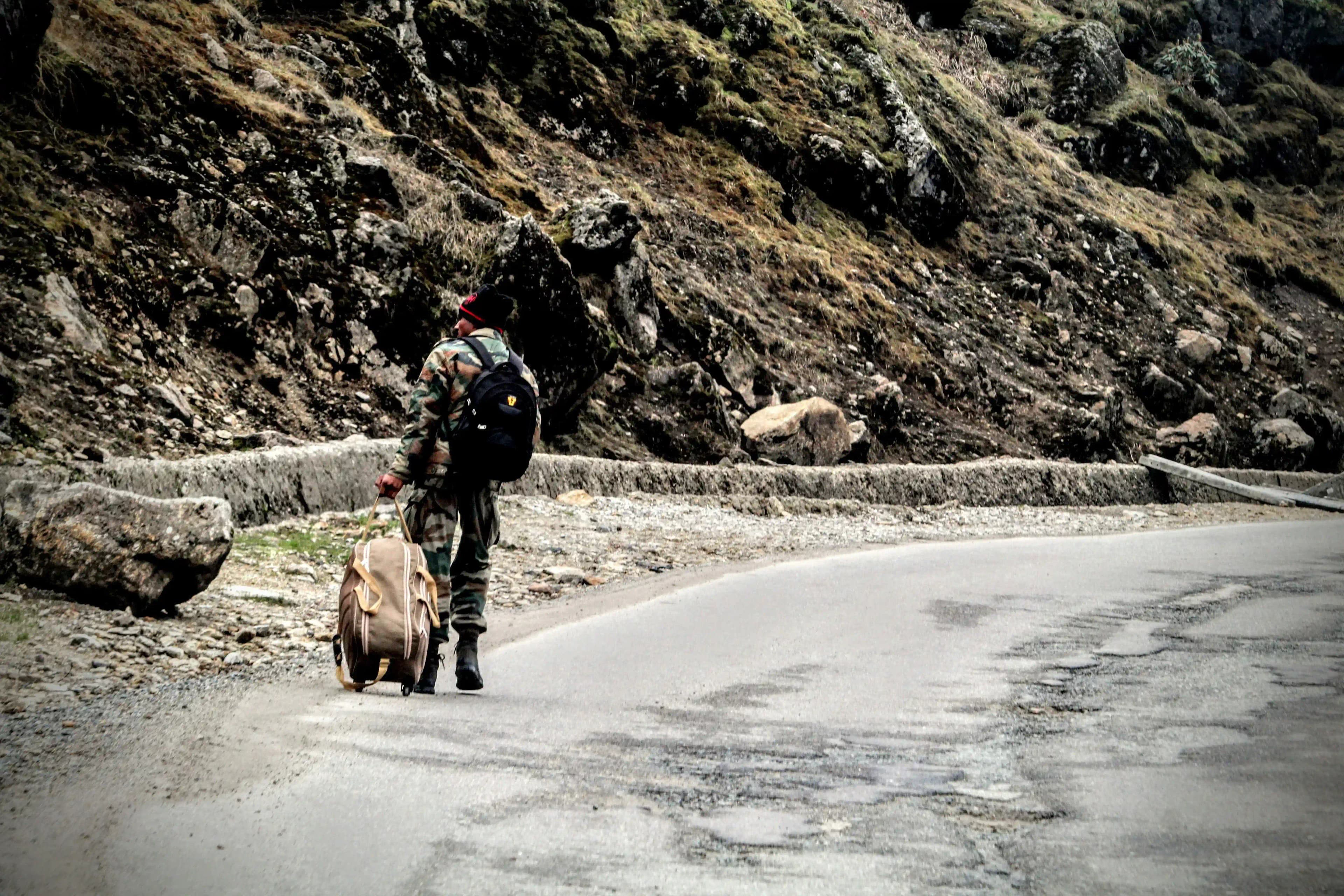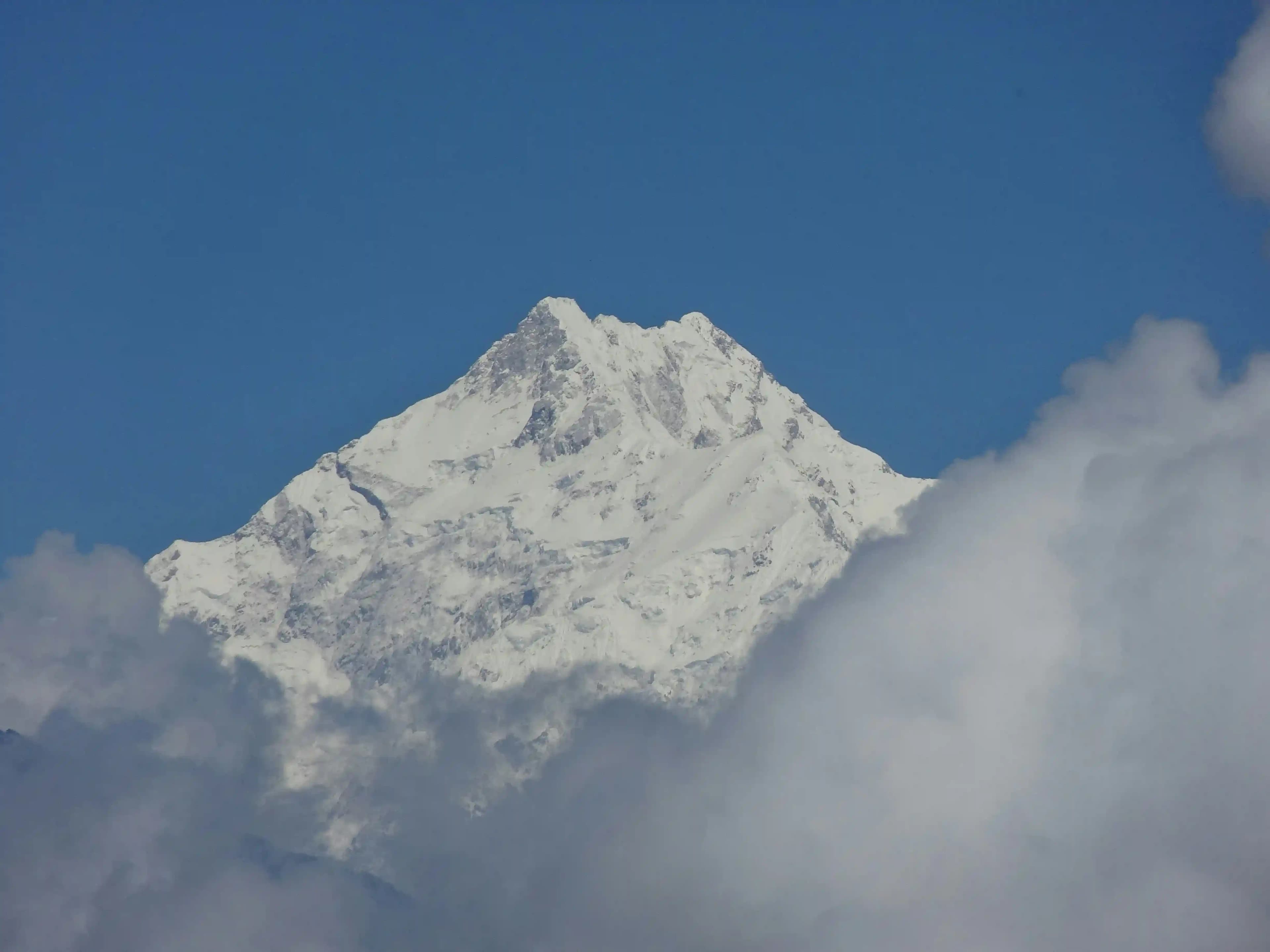The Kanchenjunga Trek serves as a unique experience that will take you to the third-highest peak on Earth, Kanchenjunga (8,586m). The journey through Kanchenjunga stands out from other busy trails like Everest and Annapurna because it delivers tranquil landscapes with original attractions alongside cultural exploration. Each stride during this remote walk reveals fresh excitement from remote towns, challenging mountain crossings and stunning wild animals. Whether you’re an adventure seeker or a nature lover, the Kanchenjunga Trek promises an unforgettable journey through one of the most pristine trekking regions on your trip in Nepal.
Kanchenjunga Trek

This guide provides complete information about the Kanchenjunga Trek, encompassing both its amazing scenery and the Himalayan village's cultural heritage. The Kanchenjunga trek cost breaks down into four major categories, which are permits, accommodations, food and transportation expenses. Learn about the must-do activities, including visiting the Kanchenjunga Base Camps, crossing high mountain passes, and spotting rare Himalayan wildlife.
Overview of the Kanchenjunga Trek

The Kanchenjunga Trek requires potential participants to understand the adventure's key aspects before considering its pricing structure. This is one of the longest trekking options in Nepal, extending from 15 to 25 days, depending on the selected route. The trek comprises three distinct trails as its main walking passages.
Kanchenjunga North Base Camp Trek- Pangpema (5,140m) is the destination of this route, which provides incredible views of glaciers.
Kanchenjunga South Base Camp Trek- Visitors reach Oktang base camp at an altitude of 4600 meters to view the massive glacial walls of Kanchenjunga.
Kanchenjunga Circuit Trek- Summing both paths allows travelers to explore over 200 km of Nepal's remote landscapes.
Each trekking route of Kanchenjunga provides visitors a genuine Himalayan journey alongside encounters with Sherpa, Rai and Limbu communities, diverse wildlife scenes and breathtaking vistas across the landscapes. However, as this trek falls under a restricted region, hiring a licensed guide is mandatory, making the Kanchenjunga trek cost slightly higher than other treks.
Suggested Read: Kanchenjunga Base Camp Trek: A Journey Through Sikkim’s Untamed Beauty
Kanchenjunga Trek Cost Breakdown

Here is a complete breakdown of the cost and other details that one would need before planning their Kanchenjunga expedition.
1. Trekking Permits and Documentation
Special permits must be obtained to visit Kanchenjunga because it belongs to a restricted zone.
Restricted Area Permit (RAP): ₹1,600 per person for the first four weeks, then ₹2,000 per week thereafter.
Kanchenjunga Conservation Area Permit (KCAP): ₹1,600 per person.
Kanchenjunga trek permits can only be obtained from government-licensed trekking agencies since the trek area has restrictions that ban solo travel.
2. Guide and Porter Charges
The guide protects your safety during remote exploring, while the porter handles your equipment transport.
Licensed Guide: ₹2,000–₹2,400 per day.
Porter (Carries up to 20 kg): ₹1,600–₹2,000 per day.
Hiring local guides and porters at the trail gives both an enhanced adventure and boosts the local financial activity.
3. Accommodation and Food Costs
Visitors experience tea house trekking in Kanchenjunga by staying at basic wooden lodges which serve homemade meals.
Tea House Stay: ₹400–₹800 per night.
Meals (Dal Bhat, Momos, Noodles, etc.): ₹400–₹800 per meal.
The prices of food increase due to porters and mule transport that service the higher elevations.
4. Transportation Costs
The journey to the starting point demands a combination of helicopter trips and land transport between Kathmandu and Bhadrapur.
Kathmandu to Bhadrapur Flight: ₹16,000–₹20,000 one way.
Shared Jeep from Bhadrapur to Taplejung: ₹2,000–₹4,000.
The transportation costs less than buses but needs more time and provides fewer comfort features.
5. Miscellaneous Expenses
The cost for travel insurance stands between ₹5000 and ₹7000 but becomes essential when ascending to high altitudes.
Every day of rental expense adds up to ₹200-₹400 for trekking equipment, including jackets and sleeping bags.
Each day of charging your electronics together with using WiFi connectivity will cost anywhere from ₹200 to ₹500.
Total Estimated Cost for Kanchenjunga Trek
A standard Kanchenjunga Trek will cost ₹1,13,200 to ₹1,53,000 for each participant. Permits in combination with guides, porter fees, accommodation, meals and transportation costs build the estimated expense, which starts at ₹1,13,200 and goes up to ₹1,53,000. The budget may grow marginally as a result of travel insurance and trekking equipment rentals, as well as personal spending expenses. Total expenses for the Kanchenjunga Trek depend on what each person selects, including preferred details, trek duration and comfort standards they pick.
Suggested Read: Explore Kanchenjunga National Park
Must-Do Activities on the Kanchenjunga Trek
Along with trekking the mesmerizing trails, here are some of the activities that you can do on this trek. Keeping reading further to know more!
1. Visit Kanchenjunga Base Camps

The Kanchenjunga Trek guides visitors to experience both the North Base Camp at Pangpema (5,140m) and the South Base Camp at Oktang (4,600m). Visitors can behold the spectacular sight of Kanchenjunga's glacier walls along with its enormous ice masses while gazing upon the neighbouring peaks from these positions. Everyone on the trek will encounter the Himalayan mountains being bathed in golden light during the early sunrise.
Travelers encounter a difficult yet worthwhile experience while moving between Pangpema (5140 m) and Oktang (4600 m) because they will discover stunning mountain views and complete Himalayan peace. Standing at these viewpoints, one can truly appreciate the grandeur of the Kanchenjunga Trek and its untouched wilderness.
2. Explore the Remote Villages

Visitors to the Kanchenjunga Trek enjoy authentic Himalayan village visits since these destinations remain untouched by mass tourism. The area resides among Limbu, Rai and Sherpa settlements where hikers can engage with authentic Nepalese customs. Villages like Ghunsa, Yamphudin, and Taplethok showcase centuries-old traditions, unique wooden houses, prayer flags, and monasteries.
Trekkers who visit these communities have the opportunity to taste traditional Nepalese food as they watch cultural dances while enjoying local Limbu Tongba (millet beer). Interacting with the residents during the trek creates deeper insight into their customs and therefore transforms the Kanchenjunga Trek beyond its natural landscape into a complete cultural experience.
3. Wildlife Spotting in the Kanchenjunga Conservation Area

Trekkers experience the Kanchenjunga Conservation Area while on the Kanchenjunga Trek because this region possesses some of the rarest species found throughout the Himalayas. The protected conservation area features limited snow leopard, red panda and Himalayan blue sheep alongside musk deer observations. The physical terrain during the trek consists of rhododendron forests followed by high alpine meadows and glacial moraines that create suitable living conditions for multiple species of plant and animal life.
Due to its location, the region functions as an attractive sanctuary for bird-watching enthusiasts who seek to view Himalayan Monal, Blood Pheasant and Golden Eagle. Travelers can discover new things at every step through this biodiverse ecosystem, which enhances the Kanchenjunga Trek experience.
4. Cross-Challenging Mountain Passes

The Kanchenjunga Trek caters to adventurous trekkers by providing the demanding mountain crossings of Sele La Pass at 4,290 meters and Sinion La Pass at 4,400 meters. All trekkers who cross these extreme mountain passes receive incomparable vistas of the Kanchenjunga Massif and the Jannu Peak while gazing up to the Makalu peak.
The process of crossing these mountain passes demands durability because the paths include steep terrain alongside rocky conditions and sometimes snowfall. Climbing to the summit delivers an unmatched sensation of success while presenting breathtaking views that extend across vast distances. The passage of this trail through high elevations gives the Kanchenjunga Trek its position as a thrilling Himalayan adventure.
Suggested Read: The View Of Kanchenjunga From The Tiger Hill
Tips to Optimize Your Trek Budget
The premium Kanchenjunga Trek has various strategies that can help you save money during your trip.
Travel in Groups – Sharing expenses with a group enables cost savings when it comes to guide fees, portage fees, and lodging costs.
Opt for Local Transport – The use of local transportation like buses or jeeps instead of flights provides a way to reduce transportation expenses.
Bring Your Gear – Becoming self-sufficient by bringing your trekking equipment will save money compared to the daily renting costs of equipment.
Stay in Budget Lodges – Budget guests receive price advantages when they stay at tea house lodges for extended periods or when traveling in groups.
Eat Local – Consuming traditional Nepali cuisine instead of Western food items will help you reduce expenses during your trip.
The Kanchenjunga trek takes travelers to Nepal's remote and exceptional landscapes. The trek takes you to find the perfect combination of thrilling mountain crossing and peaceful cultural discovery within its snow-capped peaks and untouched natural settings. Though the Kanchenjunga trek cost may be higher due to its remote nature, the unparalleled beauty and sense of accomplishment make it worth every penny. So, pack your luggage, and be ready to embark on this unforgettable adventure to delve deeper into the surroundings of the hills and let the magic of Kanchenjunga captivate your soul.
Frequently Asked Questions
1. How difficult is the Kanchenjunga trek?
The Kanchenjunga Trek demands excellent fitness because it leads hikers through rugged high-altitude territory involving steep slopes in remote areas.
2. How long is the trek to Kanchenjunga?
The duration for the Kanchenjunga Trek spans between 15 to 25 days depending on mutual selection between trek pathways and expedition speeds.
3. Can a beginner climb Kanchenjunga?
No, Kanchenjunga is not for beginners, as it requires technical climbing skills and extreme endurance due to its harsh weather and high altitude.
4. Is Kanchenjunga harder than Everest?
Kanchenjunga stands as a more difficult trek than Everest Base Camp due to its longer duration, remote trails, and higher altitude challenges.

